The Catholic Church in Ireland Today
The Catholic Church in Ireland Today
Edited by David Carroll Cochran
and John C. Waldmeir
LEXINGTON BOOKS
Lanham Boulder New York London
Published by Lexington Books
An imprint of The Rowman & Littlefield Publishing Group, Inc.
4501 Forbes Boulevard, Suite 200, Lanham, Maryland 20706
www.rowman.com
Unit A, Whitacre Mews, 26-34 Stannary Street, London SE11 4AB
Copyright 2015 by Lexington Books
All rights reserved. No part of this book may be reproduced in any form or by any electronic or mechanical means, including information storage and retrieval systems, without written permission from the publisher, except by a reviewer who may quote passages in a review.
British Library Cataloguing in Publication Information Available
Library of Congress Cataloging-in-Publication Data
The Catholic Church in Ireland today / edited by David Carroll Cochran and John C. Waldmeir.
pages cm
Includes bibliographical references and index.
ISBN 978-1-4985-0252-8 (cloth : alk. paper) -- ISBN 978-1-4985-0253-5 (electronic)
1. Catholic Church--Ireland--History--20th century. 2. Catholic Church--Ireland--History--21st century. I. Cochran, David Carroll, editor.
BX1505.2.C37 2015
282'.41509051--dc23
2014044342
 TM The paper used in this publication meets the minimum requirements of American National Standard for Information Sciences Permanence of Paper for Printed Library Materials, ANSI/NISO Z39.48-1992.
TM The paper used in this publication meets the minimum requirements of American National Standard for Information Sciences Permanence of Paper for Printed Library Materials, ANSI/NISO Z39.48-1992.
Printed in the United States of America
For William Lynch (Loras College, 1964) and the
Dubuque Sisters of the Presentation of the Blessed Virgin Mary
Preface and Acknowledgments
While books frequently open by claiming their subject is at a moment of crisis or a crucial turning point, this is actually true of contemporary Irish Catholicism. From a Church that once enjoyed devotional loyalty, political influence, and institutional power unrivaled in Europe, one in which Archbishop McQuaid of Dublin could return from Vatican II and confidently report that no change will worry the tranquility of your Christian lives, it now faces a collapse of institutional legitimacy, shrinking mass attendance, bruising political battles, and a devastating series of reports on sexual abuse.
The contributors to this volume detail the stark realities of this current crisis, exploring its deep roots, unfolding dynamics, and varied manifestations. They also uncover areas of continuing, even surprising, resilience in Irish Catholicism. The role of the Catholic Church in Ireland has changed dramatically in the last several decades, but it is still an important one. And it is in this changing role that many of the chapters to follow see diverse signs of reform and renewal. Rather than a return to the triumphalist social, cultural, and political power wielded by an Irish Catholicism of the past, these signs point to a more humble, prophetic, and creative presence in Irish life.
The books first part offers a broad overview of its topic. Eamon Maher surveys the current state of Irish Catholicism and the striking cultural shifts that have brought it about, drawing in particular on fiction, memoir, and political and social commentary for illustration and analysis. John Littleton follows by reflecting on how an Irish Church that is in periculo mortis (in danger of death) can heal itself by facing a series of core challenges with creative responses. In his response to Maher and Littletons chapters, James Rogers extends their themes, calls attention to some additional dimensions, and draws some comparisons to Catholicism in the United States.
The books second part offers a closer look at particular elements within contemporary Irish Catholicism. Michele Dillons chapter uses sociological data, including comparisons to other countries such as the United States, to explore the comparatively rapid changes in Irish Catholicism during a period of compressed secularism, as well as offering thoughts on the role of the Church in a post-secular Ireland. Elizabeth Oldmixon and Brian Calfano draw on survey data of clergy in Ireland to measure factors related to morale and burnout, comparing Catholic clergy to those in other denominations and examining how such factors impact the political role of clergy. Agata Pikosz also examines the lives and leadership roles of Catholic clergy, but her focus is on in-depth interviews with Polish Catholic priests recently arrived in Ireland to minister to an increasingly diverse Catholic population. While the 1932 International Eucharistic Congress was a landmark event in the consolidation of Catholic influence in the then-young Irish state, John Waldmeirs chapter uses the return of the Eucharistic Congress to Dublin in 2012 to explore todays much different religious landscape and the contrasting theological visions for the future of the Irish Catholic Church the meeting produced. Using two figures, one contemporary and one historical, Matthew OBrien looks at how Irish American perceptions of Irish Catholicism have shifted over the last century. Andrew Auge draws on both historical practice and literary representation to explore the changing perceptions of Catholic missionaries from Ireland working abroad, especially how some contemporary missionaries have reversed the historical emphasis by focusing on how contact with countries in the developing world can enrich Irish Catholicism itself. Finally, Bernadette Flanagan closes the book by noting how Catholic renewal often comes from unexpected placesespecially from the disaffected, overlooked, and marginalizedand how signs of this pattern are increasingly evident in a recovery and reformulation of Irelands contemplative traditions.
Many people made this book possible. Our thanks, first, to the contributors, who were a pleasure to get to know and work with. Thanks also to Alissa Parra, Emily Frazzette, Meaghan White, and everyone at Lexington Books. Laurel Lloyd provided expert assistance in formatting graphs.
The book began its life as a symposium at Loras College in Dubuque, Iowa, one that would not have been possible without the generous support of William Lynch and the Dubuque Sisters of the Presentation of the Blessed Virgin Mary. We are deeply grateful to both. Our thanks also to Jim Collins, Carol Oberfoell, Mary Love, Sue Hafkemeyer, Rebecca Krapfl, Colleen McKenna, Jodi Cecil, Anne Vaassen, and Jackie Baumhover for their help with the symposium and book. Finally, thanks to Julie OCallaghan and New Hibernia Review for permission to use selections from Dennis ODriscolls poem Missing God.
Note
McQuaid quoted in Dermot A. Lane, Vatican II: The Irish Experience, The Furrow 55 (2004): 67.
I
The Current Status and Future Directions of Irish Catholicism
Chapter 1
Faith of Our Fathers
Eamon Maher
A Lost Legacy?
In the past few decades, Ireland has experienced seismic changes in terms of its social, cultural, and religious habitus. The burgeoning Celtic Tiger, with its promises of unimaginable wealth, full employment, an end to emigration, has been shown up for what it was: a chimera. The gap between rich and poor, between the haves and the have-nots, has widened inexorably, with all the potential for social disharmony that such a situation bodes for the future. Severe cuts to public sector pay, savage reductions in the amounts paid to the vulnerable, such as the sick and the elderly, increases in the pupil-teacher ratios in primary and secondary schools accompanied by the withdrawal of special needs assistants: all these measures have all been implemented with a view to recapitalizing the banks and paying back senior bondholders, the very people who played a significant role in exposing the country to untenable debt in the first instance. It is hard not to be disenchanted by what has unfolded in the last six to eight years.
Next page
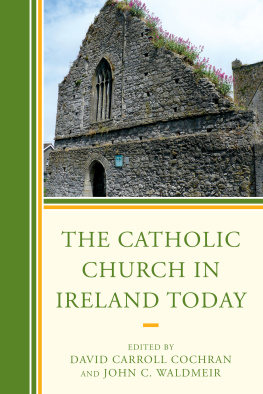

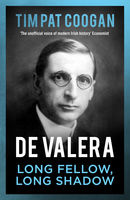


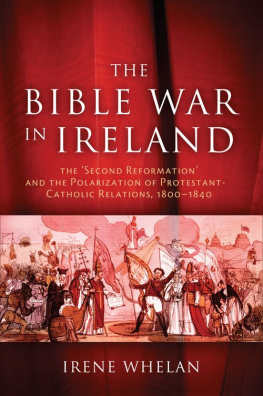
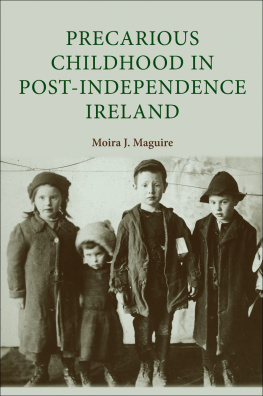
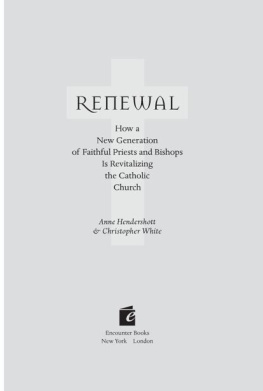
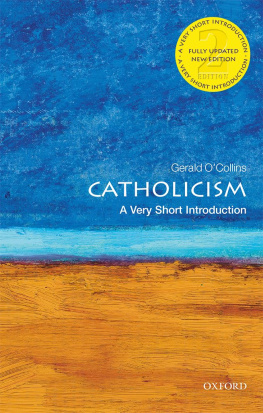
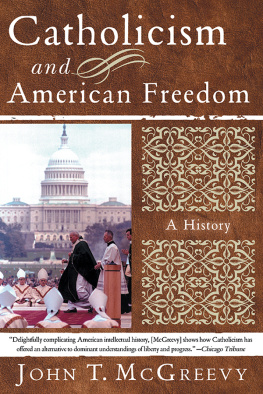
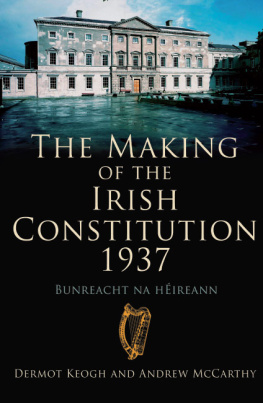
 TM The paper used in this publication meets the minimum requirements of American National Standard for Information Sciences Permanence of Paper for Printed Library Materials, ANSI/NISO Z39.48-1992.
TM The paper used in this publication meets the minimum requirements of American National Standard for Information Sciences Permanence of Paper for Printed Library Materials, ANSI/NISO Z39.48-1992.